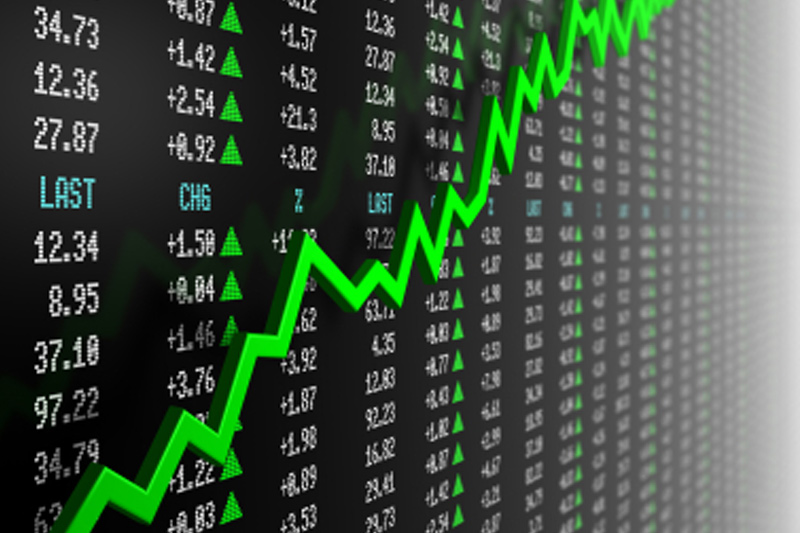Investing.com - Gold prices hit the highest levels of the session on Wednesday, after data showed that U.S. non-farm private employment rose less-than-expected in February, fuelling concern over the U.S. labor market.
On the Comex division of the New York Mercantile Exchange, gold futures for April delivery held in a range between $1,332.90 a troy ounce and $1,339.60 an ounce.
Prices last traded at $1,338.80 an ounce during U.S. morning hours, up 0.1%, or $0.90 cents. Gold futures lost 0.92%, or $12.40 an ounce, to settle at $1,337.90 on Tuesday.
Prices were likely to find support at $1,319.30 a troy ounce, the low from February 28 and resistance at $1,355.00, the high from March 3.
Meanwhile, silver for May delivery added 0.45%, or $0.09 cents, to trade at $21.31 a troy ounce. The May contract ended Tuesday’s session down 1.22%, or $0.26 cents, to settle at $21.22 an ounce.
Payroll processing firm ADP said earlier that non-farm private employment rose by a seasonally adjusted 139,000 last month, below expectations for an increase of 160,000.
January’s figure was revised down to a gain of 127,000 from a previously reported increase of 175,000.
While not viewed as a reliable guide for the government jobs report due on Friday, March 7, it does give guidance on private-sector hiring.
Market players now looked ahead to the ISM’s report on service sector activity.
A recent series of disappointing U.S. economic indicators have sparked concerns that the recovery has lost momentum since the end of last year as inclement winter weather weighed on growth.
Elsewhere on the Comex, copper futures for May delivery inched up 0.05% to trade at $3.216 a pound, as China’s National People’s Congress annual meeting kicked off earlier in the day.
China set its gross domestic product growth target for 2014 at 7.5%, as widely expected, and will keep consumer inflation at 3.5%, Chinese Premier Li Keqiang said on Wednesday.
The latest meeting of the legislature, the first to be overseen by President Xi Jinping and Premier Keqiang, comes amid lingering concerns over the health of the country’s economy.
The Asian nation is the world’s largest copper consumer, accounting for almost 40% of world consumption last year.
